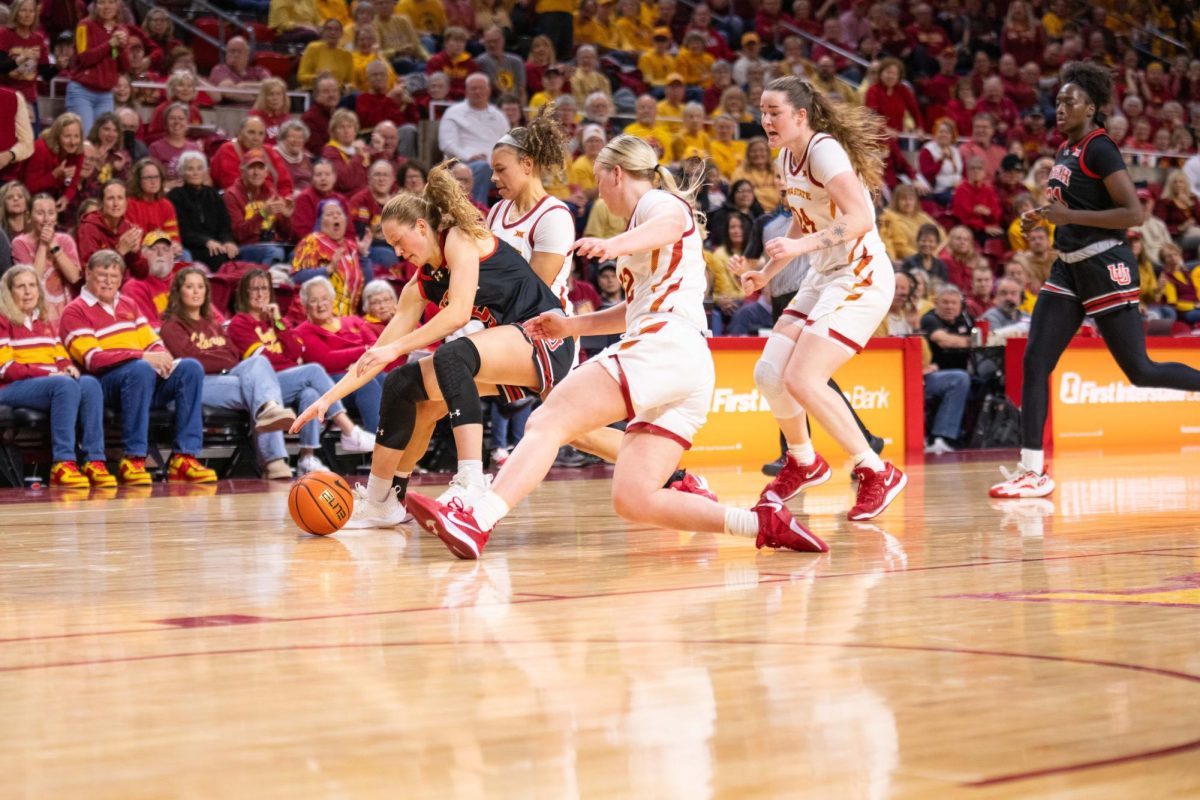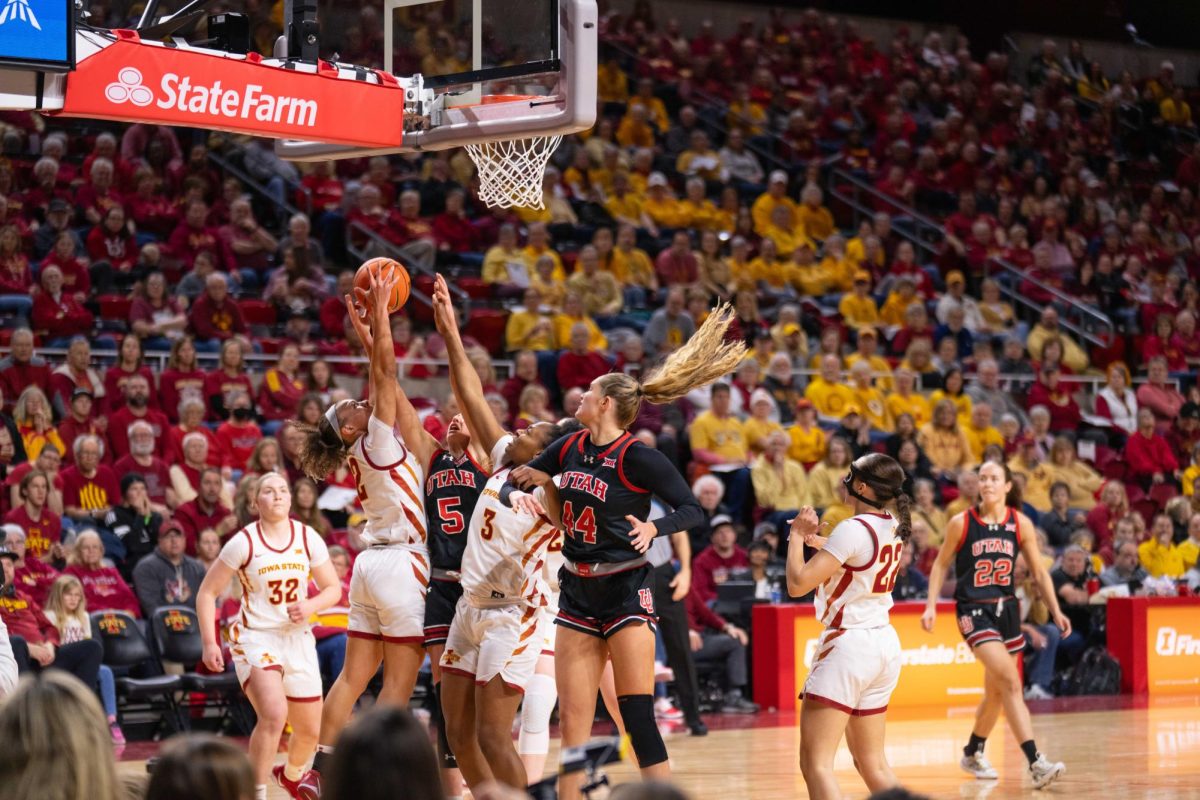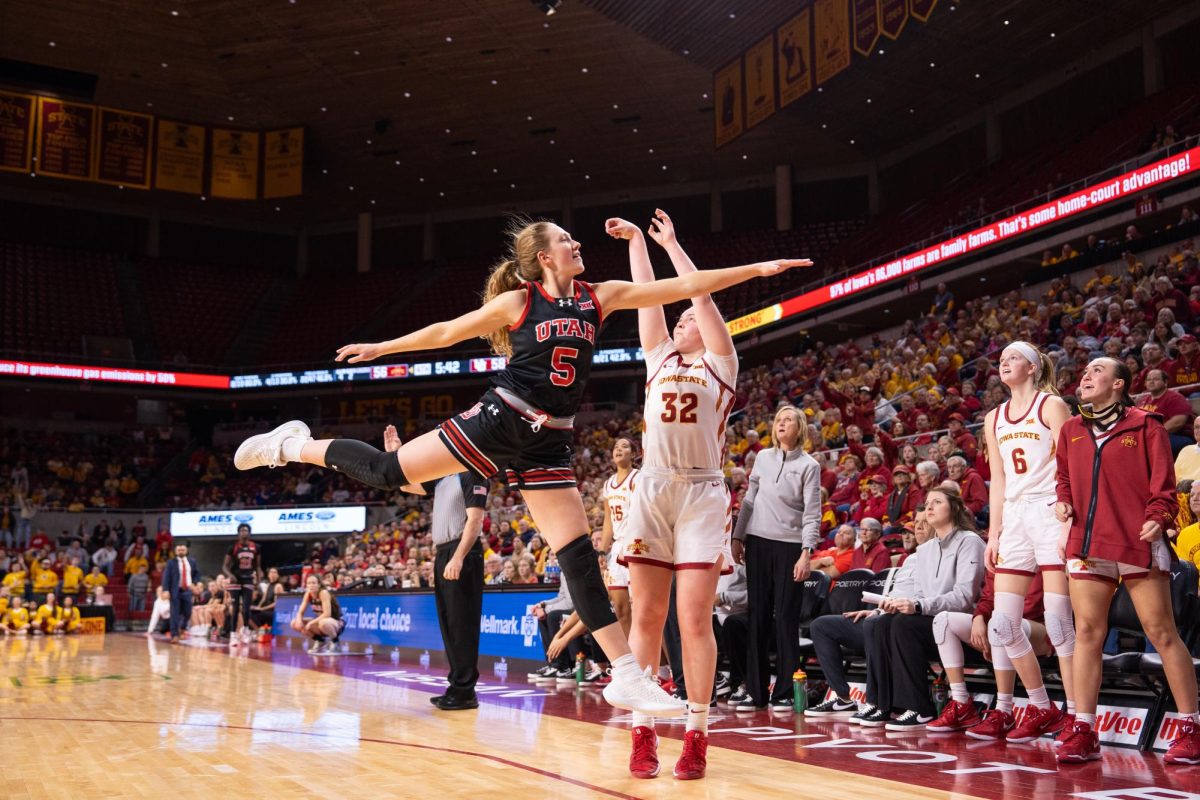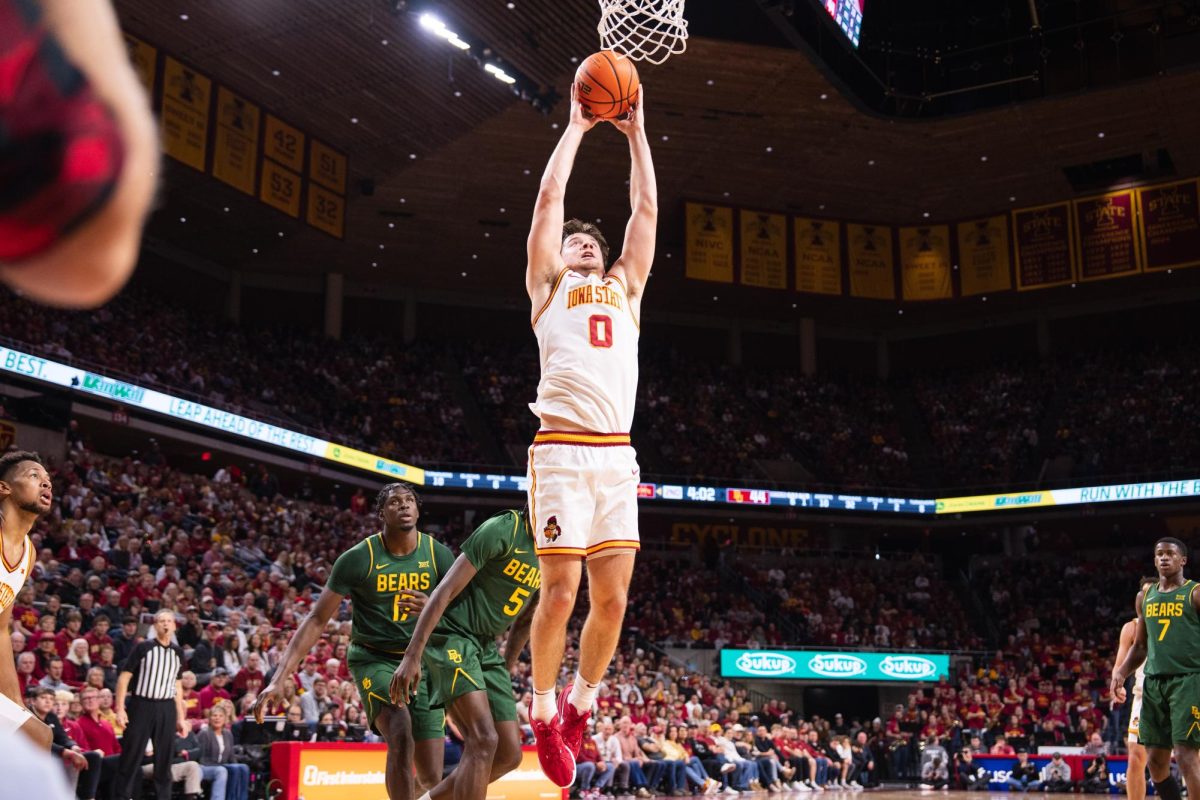Different name, same game
April 5, 2005
Commitment, cooperation, consistency, continuity and citizenship are the five C’s taught to every martial arts student on campus.
Master Yong Chin Pak, adjunct instructor of health and human performance, has been teaching martial arts since 1975. Since then he has instilled in his students the five C’s along with his five tenets: Courtesy, integrity, perseverance, self-control and indomitable spirit. These characteristics help bring all martial arts clubs together.
“Master Pak always talks to us about building character and becoming better people and using these in our daily lives,” said Nathan Meier, Judo Club president.
There are four martial arts clubs that are part of the Sports Club Council — judo, hapkido, karate, and tae kwon do. There are also several clubs not affiliated with the council.
Pak also teaches courses for credit.
The four martial arts clubs may appear the same but are very different. Karate is a general term that many people use everyday, describing self-defense moves performed by the members of the clubs, but each club has its own style and techniques.
In the Karate Club, members practice traditional tae kwon do, which emphasizes kicking and punching. The name explains the way in which people kick and punch. “Tae” means art or way of striking with the foot, “kwon” means art or way of striking with the fist, and “do” means the harmony in which it is all performed together. The techniques work ideally if an opponent tries to attack first, which is why tae kwon do is best when used defensively.
The originators of tae kwon do also taught hapkido, which uses joint manipulation and pressure points to force an opponent to release his or her grip as well as to take an opponent down or to restrain him or her.
The main goal of judo, a self-defense-oriented Korean martial art, is to gain control through technique and not strength, which is why this form of martial arts is best for smaller people who wish to learn how to defend themselves.
“Judo focuses on throwing a resisting opponent by using his/her balance and motion to your advantage, which can lead to mat work involving pins, chokes and arm-bars,” Meier said.
Judo, which means the gentle way, emphasizes safety and helps with body conditioning. The clubs practice and compete throughout the year and are open to anyone who wants to join, regardless of experience.
Patrick Weaver, Karate Club president, said many members begin by taking the exercise science course that Pak teaches to get the basics down before they join the club. Practicing any of the martial arts adds to physical and mental aspects of life.
Along with getting in shape, the practitioner gains knowledge and self-discipline through controlled fighting and builds character in each club member.
“Every year we train a team of about 30 dedicated individuals for the National Collegiate Taekwondo Championships,” Weaver said.
The club has been able to place in the top three at many of the past national collegiate competitions. The Hapkido Club has also been hosting self-defense seminars for the past several years.
Along with support from GSB and Pak, the club has been able to produce a video and manual about self-defense that it markets to other universities and institutions around the country.






